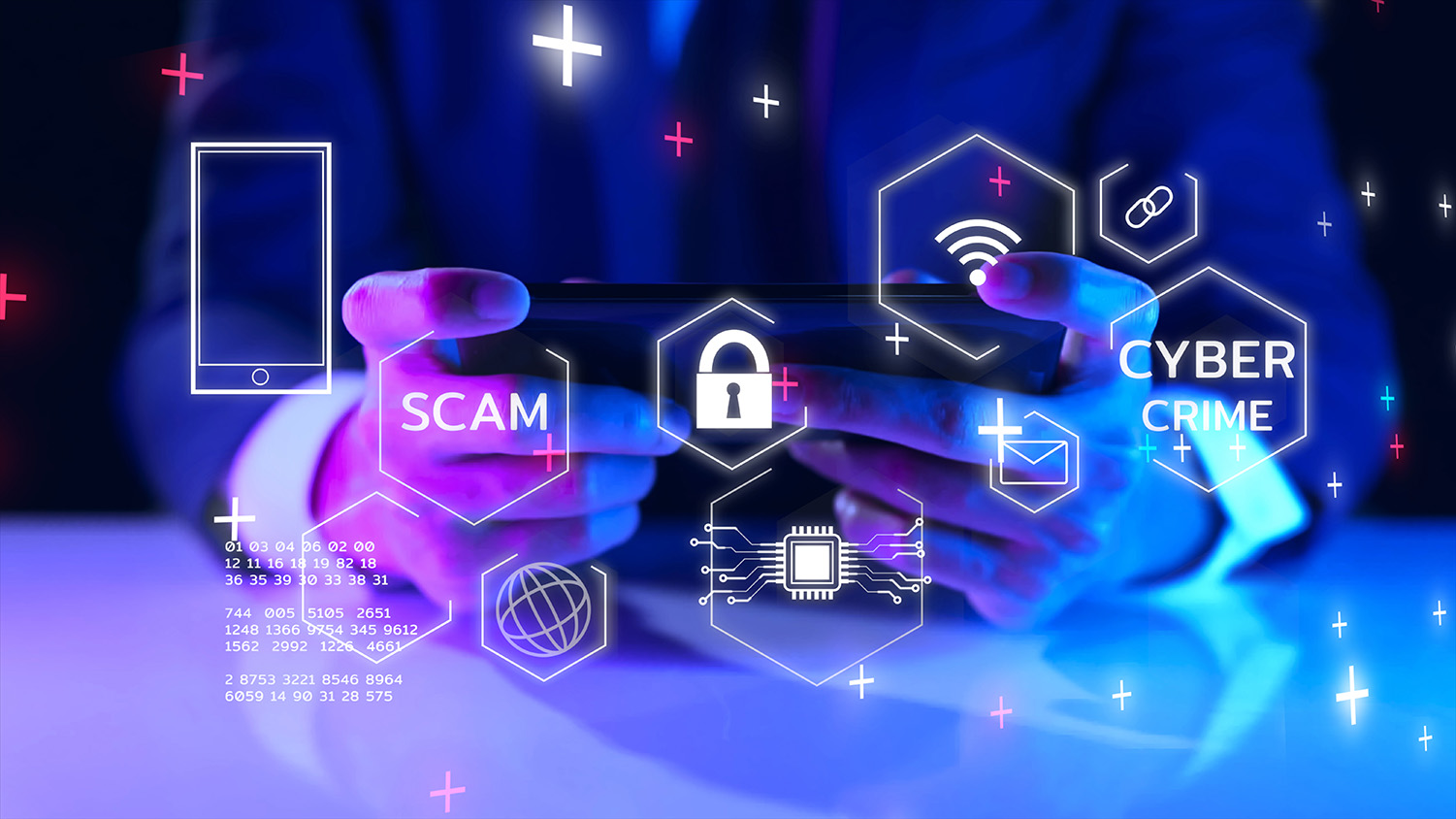Working in the modern world is simply impossible without email. But then again, email can sometimes make it impossible to work. You could say that it’s somewhat of a double-edged sword – you need email, but at times, you’d pay a pretty penny to make all those random requests, attached files, back-and-forth nonsense, and vague thoughts go away.
Unfortunately, though, there’s no feasible way to get around the double-edged sword that is your inbox. However, this doesn’t mean that you can’t dull one of those edges and make life with email a little less complicated. So to do that, we’ve compiled a solid list of email hacks that, if applied properly, can prevent you from building up an inbox that looks like a two-headed dragon on steroids.
Let’s begin.
Assign deadlines.
Your inbox can quickly turn into a black hole of nightmares if you’re always waiting for that one thing from that one person. Don’t do that. If you need someone to send something back to you – a document, a phone number, a link, anything – then give them a deadline. Ask for a response by a specific day and time. They won’t be offended, and you certainly won’t regret it.
Ask for a response.
Just like you would a deadline, if you expect someone to give you a response, then tell them that. Something as simple as, “Let me know what you think” or “Please give me your feedback” is a great way to gently nudge a person into responding.
CC wisely.
Massive “CC-ing” can end very badly – both for the CCer and for all who were CCed. So do yourself a favor and CC like a responsible adult. If someone sort of needs the email or may need the email sometime in the future, then they don’t need to be CCed. They just don’t. If the day ever comes where they actually do need the information, then they can ask you for it at that time.
Keep it short.
Emails are not designed to be these long blocks of endless text. That’s what a book is for. The longer your emails are, the more likely things are going to get lost in translation. Keep your emails short and precise. Only say what needs to be said and avoid emotions and sarcasm – two things that can really be taken out of context inside an email.
Highlight key phrases.
If there are items contained within an email that need to be noticed more than others, then don’t be afraid to highlight those items. For example, a deadline, new task, or question are great things to call out – you can bold these sections, change the font size, or make it a different color.
Make the subject count.
For some weird reason, people think they can make the subject line whatever they want it to be. A few periods, a simple “hey”, or a meaningless question mark. Don’t do that. Ever. Create a subject line that actually relates to what’s inside the email. If you don’t, people might pass up your email because they think it’s something else or not as important as it really is.
Remember that phones exist.
Just because email is the most common form of communication, doesn’t mean it should be the only form. If you’re getting into an email with too many explanations, ands, ors, or buts, then pick up the phone and have a legitimate conversation with the intended recipient. You’ll avoid confusion, additional emails, and further explanations.




